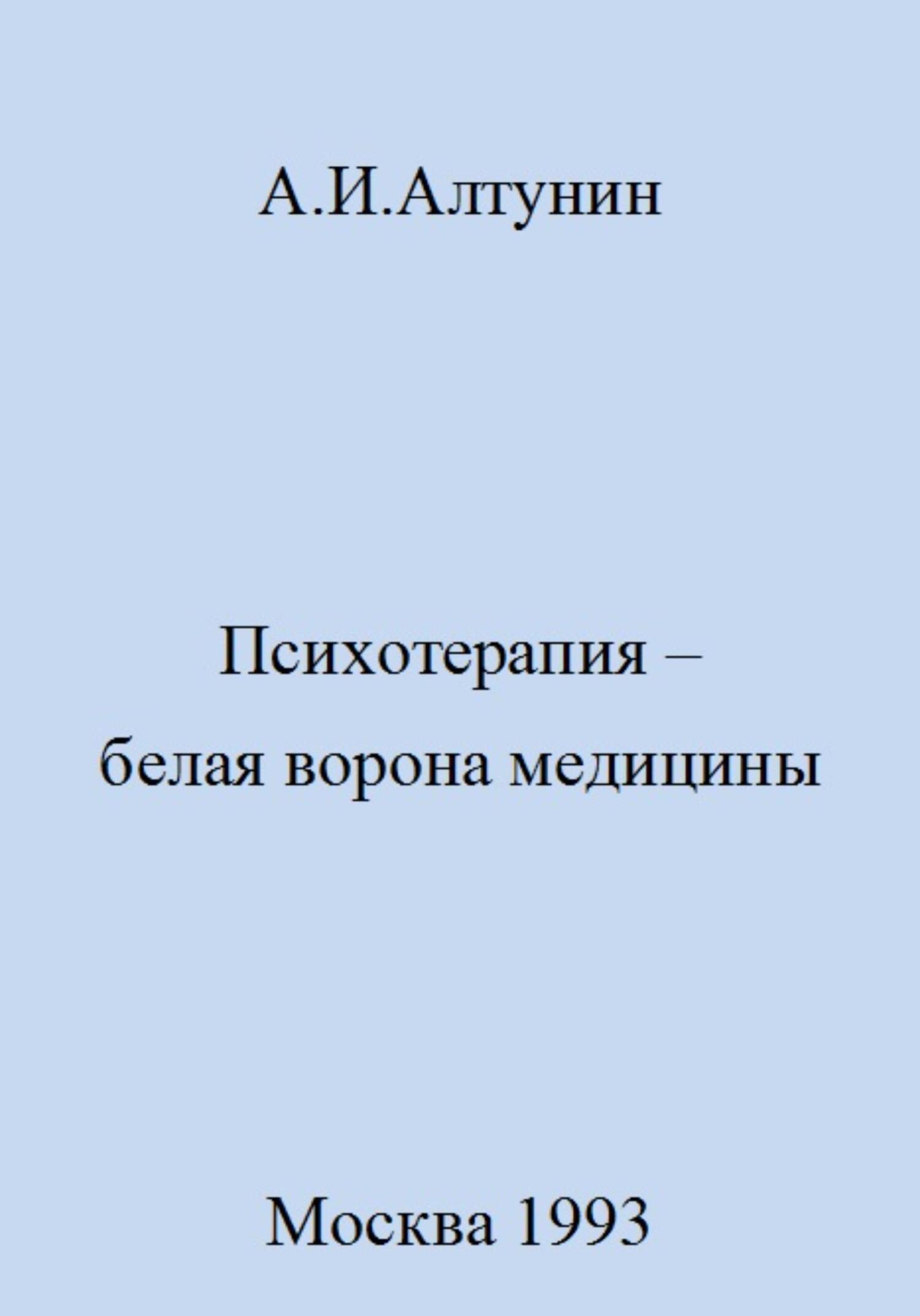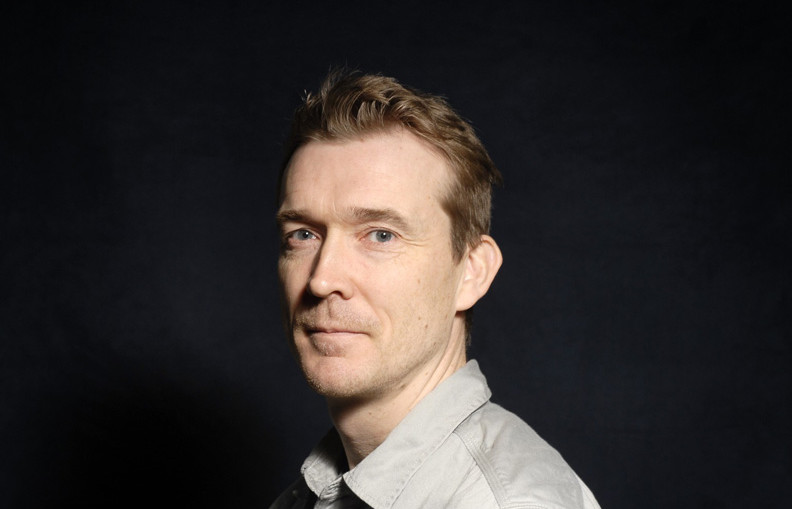Современное интегративное консультирование и психотерапия - Мишлер Бишоп
Книгу Современное интегративное консультирование и психотерапия - Мишлер Бишоп читаем онлайн бесплатно полную версию! Чтобы начать читать не надо регистрации. Напомним, что читать онлайн вы можете не только на компьютере, но и на андроид (Android), iPhone и iPad. Приятного чтения!
Шрифт:
Интервал:
Закладка:
Она улыбнулась и сказала: «Помните самое первое задание, которое вы мне дали, – то, которое, как я думала, я не смогу выполнить? Меня оно поразило. Я почему-то думала, что мы будем говорить только о негативе».
Литература
Adler. A. (2002). The collected clinical works of Alfred Adler (Vol. 1). Alfred Adler Institute.
Aibar-Almazan. A., Hita-Contreras, F., Cruz-Diaz, D. de la Torre-Cruz, M., Jimenez-Garcia, J.D., & Martinez-Amat, A. (2019). Effects of Pilates training on sleep quality, anxiety, depression and fatigue in postmenopausal women: A randomized controlled trial. Maturitas, 124, 62–67.
Angell. M. (2011a). The epidemic of mental illness: Why? New York Review of Books, 55(11). 20–22.
Angell. M. (2011b). The illusions of psychiatry. New York Review of Books, 55(12), 20–22.
Arntz, A. (2012). Imagery rescripting as a therapeutic technique: Review of clinical trials, basic studies, and research agenda. Journal of Experimental Psychopathology, 3(2), 189–208.
Arora, S., Gonzalez, K.A., Abreu, R L., & Gloster, C. (2022). Therapy can be restorative, but can also be really harmful: Therapy experiences of QTBIPOC clients. Psychotherapy, 59(4), 498–510. https:// doi.org/10.1037/pst0000443
Barnett, J.E. (2011). Psychotherapist self-disclosure: Ethical and clinical considerations. Psychotherapy, 48(4), 315.
Basso, J.C., Oberlin, D.J., Satyal, M.K., O’Brien, С.E., Crosta, C., Psaras, Z., Metpallyl, A., & Suzuki, W.A. (2022). Examining the effect of increased aerobic exercise in moderately fit adults on psychological state and cognitive function. Frontiers in Human Neuroscience, 16, 375. https://doi.org/10.3389/fiihum.2022.833149
Bateson. G. (2000). Why do Frenchmen? In B.A. U. Levinson (Ed.), Schooling the symbolic animal: Social and cultural dimensions of education (pp. 62–65). Rowman & Littlefield.
Beck, A.T. (1975). Cognitive therapy and the emotional disorders. Meridian.
Bercik, P., Denou, E., Collins, J., Jackson, W., Lu, J., Jury, J., Deng, Y., Blennerhassett, P., Macri, J., McCoy, K.D., Verdu, E.F., & Collins, S.M. (2011). The intestinal microbiota affect central levels of brain-derived neurotropic factor and behavior in mice. Gastroenterology, 141(2), 599–609. https://doi.org/10.1053/j.gastro.2011.04.052
Berkowitz, S.J., Stover, C.S., & Marans, S.R. (2011). The child and family traumatic stress intervention: Secondary prevention for youth at risk of developing PTSD. Journal of Child Psychology and Psychiatry, 52(6), 676–85.
Bhikku, T. (2014). There is no self. Tricycle, The Buddhist Review, https://tricycle.orghugazine/there-no-self/
Bishop, F.M. (2018). Self-guided change: The most common form of long-term, maintained health behavior change. Health Psychology Open, 5(1), 2055102917751576. https://doi.org40.1177/2055102917751576
Bogenschutz, M.P., Ross, S., Bhatt. S., Baron. T., Forceliimes, A.A., Laska, E., Mennenga, S.E., O’Donnell, K., Owens, L.T., Podrebarac, S., Rotrosen, J., Tonigan, J.S., & Worth, L. (2022). Percentage of heavy drinking days following psilocybin-assisted psychotherapy vs placebo in the treatment of adult patients with alcohol use disorder: A randomized clinical trial. JAMA Psychiatry, 79(10), 953–962. https://doi.org/10.1001/jamapsychiatry.2022.2096
Boren, J.J., Leventhal, A.M., & Pigott, H.E. (2009). Just how effective are antidepressant medications? Results of a major new study. Journal of Contemporary Psychotherapy, 39, 93–100.
Bowlby, J. (1979). The Bowlby-Ainsworth attachment theory. Behavioral and Brain Sciences, 2(4). 637–638.
Bradshaw, J. (1988). Healing the shame that binds you. Health Communications.
Bronson, P. (2013). What should I do with my life? Random House.
Brown, L.S. (2004). Feminist paradigms of trauma treatment. Psychotherapy: Theory, Research, Practice, Training, 41(A). 464–471. https://doi.Org/10.1037/0033-3204.41.4.464
Buchanan, M. (2013). Forecast: What physics, meteorology, and the natural sciences can teach us about economics. Bloomsbury Publishing.
Bunton, R., Baldwin, S., Flynn, D., & Whitelaw, S. (2000). The “stages of change” model in health promotion: Science and ideology. Critical Public Health, 10(1), 55–70.
Burgess, D.J., Beach, M.C., & Saha, S. (2017). Mindfulness practice: A promising approach to reducing the effects of clinician implicit bias on patients. Patient Education and Counseling, 100(2), 372–376. https://doi.Org/10.1016/j.pec.2016.09.005
Burns, D.D., (2000). Feeling good (2nd ed.). Harper.
Bynum, L., Griffin, T., Riding, D.L., Wynkoop, K.S., Anda, R.F., Edwards, V.J., & Croft, J.B., (2010). Adverse childhood experiences reported by adults – five states. 2009. Morbidity and Mortality Weekly Report, 59(49). 1609–1613.
Calabria, B., Degenhardt, L., Briegleb, C., Vos, T., Hall, W., Lynskey, M., Callaghan, B., Rana, U., & McLaren, J., (2010). Systematic review of prospective studies investigating “remission’’ from amphetamine. cannabis, cocaine or opioid dependence. Addictive Behaviors, 35(8). 741–749.
Captari, L.E., Hook, J.N., Hoyt, W., Davis, D.E., McElroy-Heltzel, S.E., & Worthington, E.L. Jr. (2018). Integrating clients’ religion and spirituality within psychotherapy: A comprehensive metaanalysis. Journal of Clinical Psychology, 74(11). 1938–1951.
Captari, L.E., Sandage, S.J., & Vandiver, R.A. (2022). Spiritually integrated psychotherapies in real-world clinical practice: Synthesizing the literature to identify best practices and future research directions. Psychotherapy, 59(3). 307–20. https://doi.org/10.1037/pst0000407
Carey, B., & Gebeloff, R. (2018. April 7). Many people taking antidepressants discover they cannot quit. New York Times, 7.
Carpenter, S. (2012). That gut feeling. Monitor on Psychology, 43(8). 50.
Castonguay, L.G., Eubanks, C.F., Goldfried, M.R., Muran, J.C., & Lutz, W. (2015). Research on psychotherapy integration: Building on the past, looking to the future. Psychotherapy Research, 25(3), 365–382.
Cattaneo, C.L., Ressico, F., Fomaro, M., Fazzari, G., & Perugi, G. (2022). The shocking attitude toward electroconvulsive therapy in Italy. CNS Spectrums, 27(2.). 131–133.
Choukroun, J., & Geoffrey, P.A. (2019). Light therapy in mood disorders: A brief history with physiological insights. Chronobiology in Medicine, 1(1). 3–8.
Cirillo, P., Gold, A.K., Nardi, A.E., Ornelas, A.C., Nierenberg, A.A., Camprodon, J., & Kinrys, G. (2019). Transcranial magnetic stimulation in anxiety and trauma-related disorders: A systematic review and meta-analysis. Brain and Behavior, 9(6). e01284.
Clark, D.A., & Rhyno, S. (2005). Unwanted intrusive thoughts in nonclinical individuals: Implications for clinical disorders. In D.A. Clark (Ed.). Intrusive thoughts in clinical disorders: Theory, research, and treatment (pp. 1–29). Guilford Press.
Clear, J. (2018). Atomic habits: An easy & proven way to build good habits & break bad ones. Penguin.
Cody, G.W. (2018). The origins of integrative medicine – The first true integrators: Western States class of 1953. Integrative Medicine: A Clinician’s Journal, 17(6). 12–16.
Conze, E. (1959). Buddhism: Its essence and development. Windhorse Publications.
Cooper, A.A., Kline, A.C., Graham, B., Bedard-Gilligan, M., Mello, P.G., Feeny, N.C., & Zoellner, L.A. (2017). Homework “dose.” type, and helpfulness as predictors of clinical outcomes
Прочитали книгу? Предлагаем вам поделится своим отзывом от прочитанного(прослушанного)! Ваш отзыв будет полезен читателям, которые еще только собираются познакомиться с произведением.
Уважаемые читатели, слушатели и просто посетители нашей библиотеки! Просим Вас придерживаться определенных правил при комментировании литературных произведений.
- 1. Просьба отказаться от дискриминационных высказываний. Мы защищаем право наших читателей свободно выражать свою точку зрения. Вместе с тем мы не терпим агрессии. На сайте запрещено оставлять комментарий, который содержит унизительные высказывания или призывы к насилию по отношению к отдельным лицам или группам людей на основании их расы, этнического происхождения, вероисповедания, недееспособности, пола, возраста, статуса ветерана, касты или сексуальной ориентации.
- 2. Просьба отказаться от оскорблений, угроз и запугиваний.
- 3. Просьба отказаться от нецензурной лексики.
- 4. Просьба вести себя максимально корректно как по отношению к авторам, так и по отношению к другим читателям и их комментариям.
Надеемся на Ваше понимание и благоразумие. С уважением, администратор knigkindom.ru.
Оставить комментарий
-
 машаМ13 декабрь 06:46
В целом неплохо хотя очень мало динамики.лишь конец романа был очень волнующим....
Оставь для меня последний танец - Мэри Хиггинс Кларк
машаМ13 декабрь 06:46
В целом неплохо хотя очень мало динамики.лишь конец романа был очень волнующим....
Оставь для меня последний танец - Мэри Хиггинс Кларк
-
 Гость Анна12 декабрь 20:33
Не советую, скучновато, стандартно...
История «не»мощной графини - Юлия Зимина
Гость Анна12 декабрь 20:33
Не советую, скучновато, стандартно...
История «не»мощной графини - Юлия Зимина
-
 Гость Наталья10 декабрь 21:32
Книга прекрасная! Удовольствие получила просто нереальное! Здесь есть всё: запоминающиеся герои, приключения и, конечно, любовь!...
Единственная для оборотня и теща в нагрузку - Франциска Вудворт
Гость Наталья10 декабрь 21:32
Книга прекрасная! Удовольствие получила просто нереальное! Здесь есть всё: запоминающиеся герои, приключения и, конечно, любовь!...
Единственная для оборотня и теща в нагрузку - Франциска Вудворт










